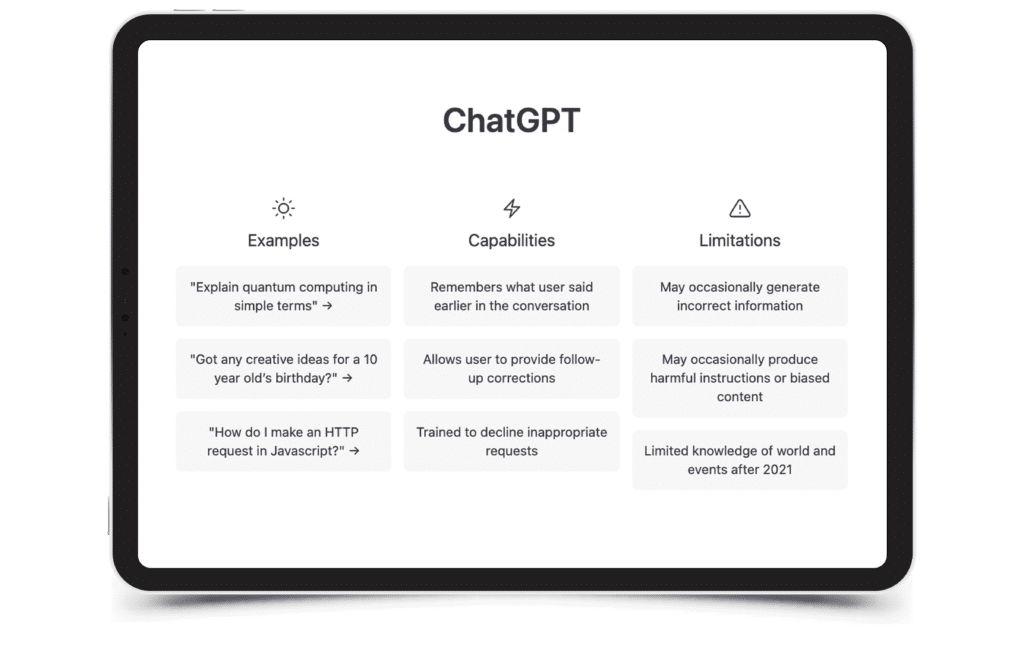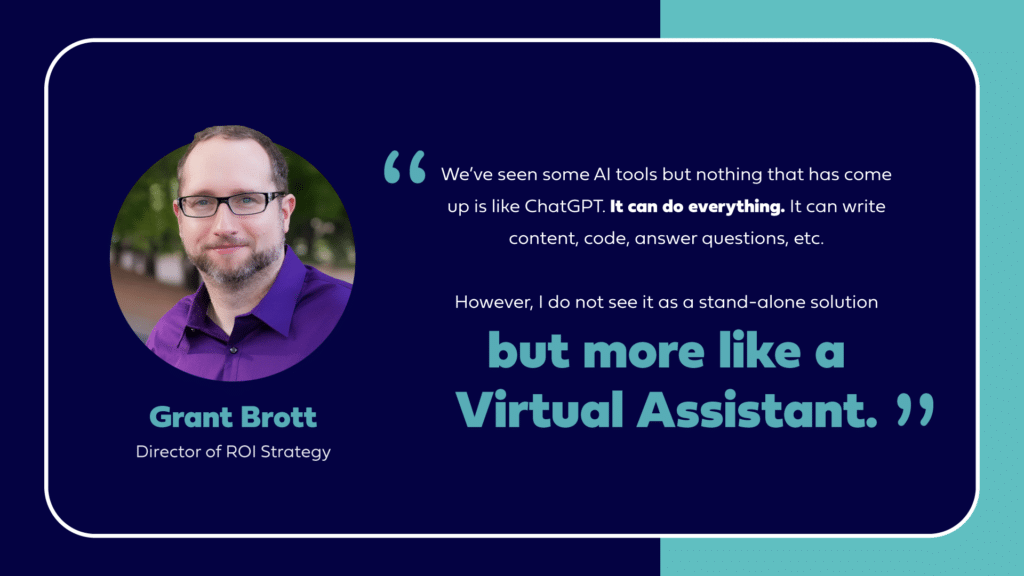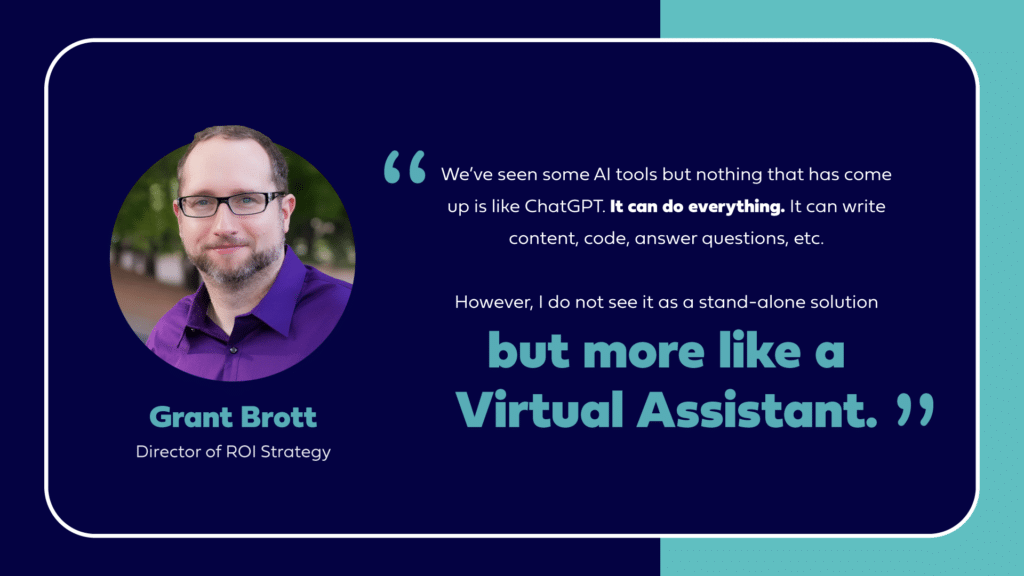ChatGPT is a powerful and flexible language generation model developed by OpenAI. It can be used for a variety of natural language processing tasks, such as generating human-like text, answering questions, and summarizing information. It’s well-suited for use in chatbots, virtual assistants and other applications that require a high level of natural language understanding.
ChatGPT is creating a buzz around the world and has disrupted practically every industry. For example, you can pump out essays, blogs, and articles in seconds. This is powerful, and big tech corporations are taking note. Specifically, Microsoft is set to invest $10 billion in OpenAI.
Why is Microsoft investing in ChatGPT?
- A bet on ChatGPT will help boost Microsoft’s efforts in web search (which is currently dominated by Google).
What does this mean for the average user?
- With Microsoft’s current investment, there’s a chance ChatGPT will be monetized and users like you and I will have to pay in order to leverage it. For now, it is still running for free.
Whether it’s going to be monetized in the near future or not, many are noticing the potential behind it, including us! According to the director of ROI at Consultwebs, Grant Brott, the platform holds great potential for users as well as some pitfalls.
The Potential of ChatGPT
ChatGPT has the potential to generate human-like responses and automate some repetitive tasks.
From an efficiency standpoint, it can drastically reduce some of the research and ideation part of the writing process as it automatically generates text based on the prompts written. Because it can generate human-like text, it’s important to know what kind of prompts will generate the best responses.
Usually, the best prompts tend to:
- Be specific, clear, and concise
- Request a specific action. (For samples, check out this ChatGPT Prompts Repository)
- Be written with clear grammar in a way AI can understand
- Contain descriptions/ examples
The Pitfalls of ChatGPT
One of the main pitfalls of using ChatGPT for a law firm’s marketing strategy is that it is a language model, not a legal expert. While it can generate human-like responses, it does not have the same level of knowledge and understanding as a lawyer.
Besides that, there are 2 main challenges associated with ChatGPT:
- ChatGPT creates text that at times can be erroneous. Thus, the plagiarism aspect poses a challenge for those fully leaning on ChatGPT for content creation.
- As an example, we ran a piece of content written by ChatGPT through a checker and it was 30% plagiarized – this is high risk.
- In the beta version of ChatGPT, OpenAI acknowledges the chatbot’s limitations, including the fact that it can generate incorrect information or biased content.

- ChatGPT creates content that is highly recognizable as AI-generated content and Google is on the lookout for this.

Takeaway
In conclusion, ChatGPT is a powerful tool that has both potential and pitfalls. But overall, it is a powerful chat where we humans can have an actual conversation of sorts with ChatGPT.
“I think we’ll see the lower-quality content, vendors and websites being [negatively] impacted. Their content may read well and, look good but when you put it in a search engine it’s not going to compare to content that’s edited, tweaked, fact-checked, etc.” – Grant Brott, Director of ROI Strategy
If you’re looking to amp up your firm’s customer service, and integrate new marketing strategies – we’re here to help.
The post ChatGPT: the Potential and the Pitfalls appeared first on Consultwebs.
from Consultwebs https://www.consultwebs.com/blog/chatgpt-the-potential-and-the-pitfalls
via https://www.consultwebs.com

No comments:
Post a Comment